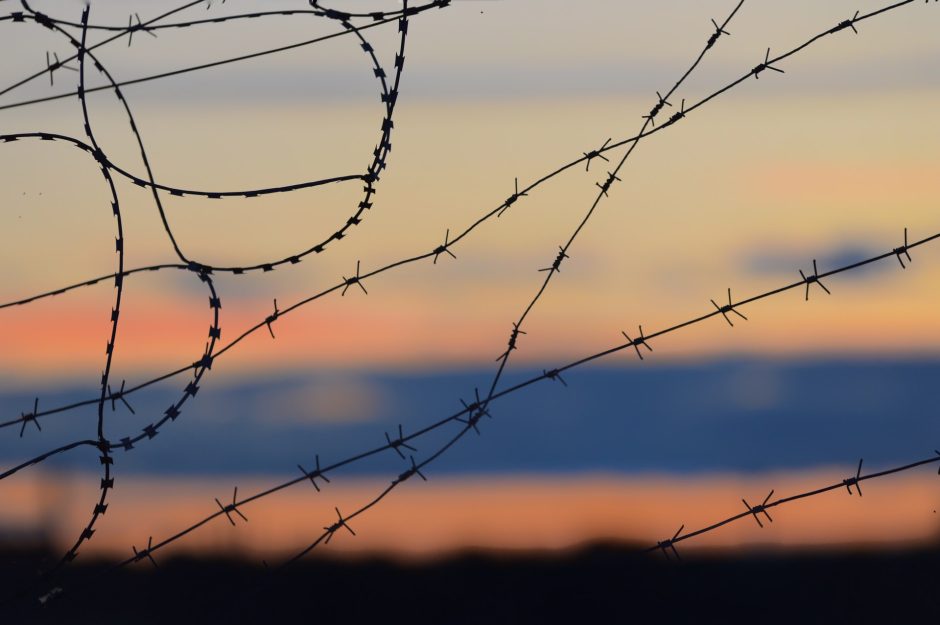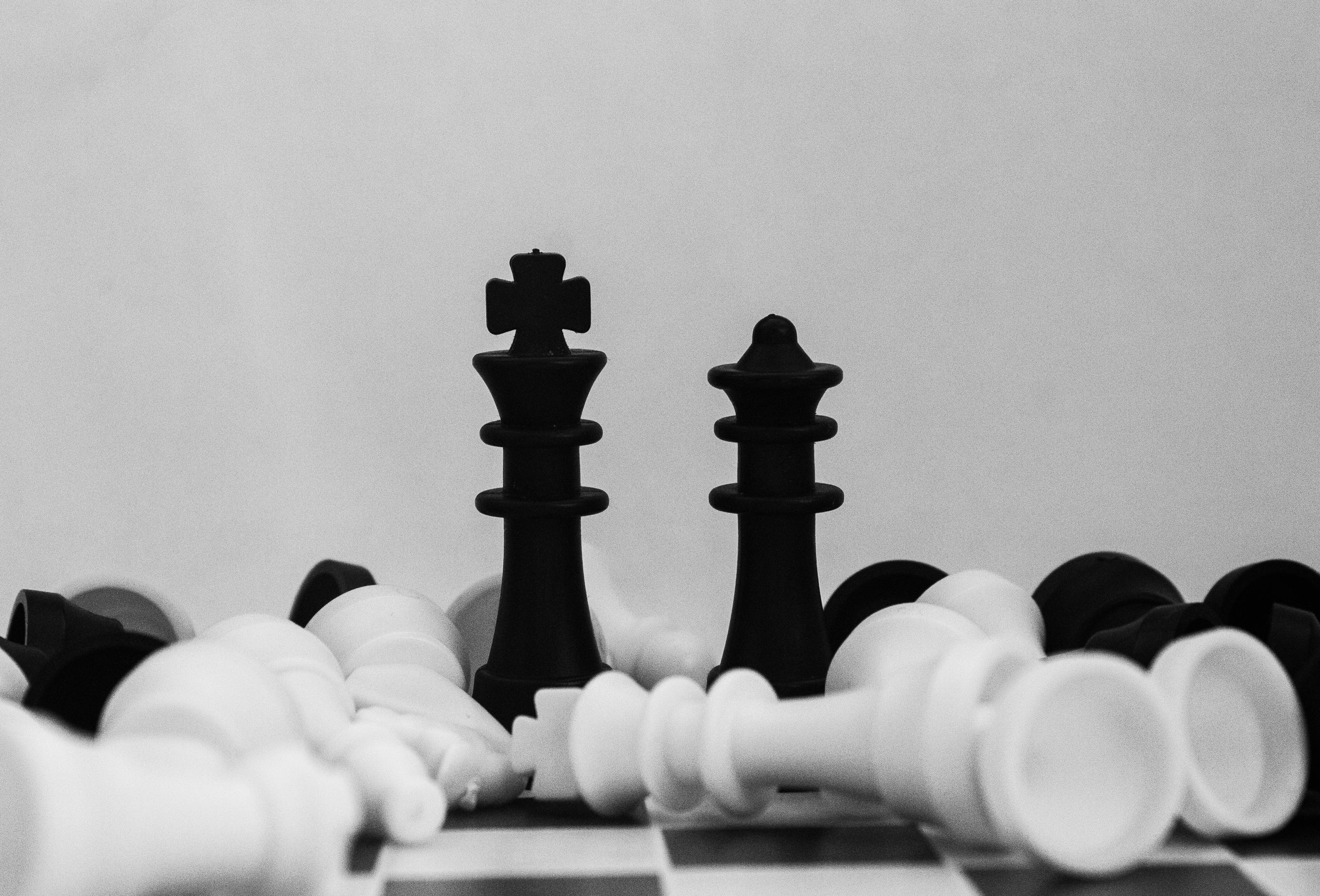On October 31, 2000 the United Nations adopted Resolution 1325 reaffirming the need of women in the process of decision-making in peace building and conflict prevention. This was an important step to protect the rights of women both during and after armed conflicts and to respect their role in peace negotiations. The resolution mainly aimed to implement international humanitarian and human rights law in all United Nations peace and security efforts.
Despite being a milestone in recognising women’s rights in armed conflicts, the document is, however, a product of socially expected gender binaries and should be seen as such. Gender identity is not a fixed experience, as cultural norms would make us believe. The knowledge of what is considered feminine or masculine is socially constructed and reinvented through institutions and cultural practices. This is visible in, for instance, role behaviours and character traits – women are expected to be caretakers and men assertive and tough. This perception of men being masculine and women feminine has been inflicted and not been questioned.
Although the Resolution 1325 should be treated as a continued project of imposing gender binaries; it did recognise for the first time gender-based violence, particularly sexual abuse. Most importantly, it became a resource for many women to finally seek justice and influence governments, international organisations, and NGOs. This access to justice is important since in many cases of war crimes, rape is used as a weapon and is intended to signal the weakness of the defending side or the destruction of a culture.
“The paramilitary said to us – You are in our hands, and until we fulfil our obligation to steal and take your women, we will not let you go”.
(Human Rights Watch interview, B.B., Mitrovica, July 16, 1999)
Rape happens to everyone, irrespective and independent of gender association. Most victims, however, are women because of the prevalence of patriarchal systems in social structures such as the masculinised military. As mentioned before, institutions inflict gender norms and these deep-rooted patriarchal systems guide the rules of war.
An example of a patriarchal war system is combat training as a preparation for disciplined violence that consequently shapes masculinity. The cultural understanding of what ‘manhood’ entails in the form of physical strength and emotional response have sustained the discourse of men as ‘protectors’. Women on the other hand are mostly portrayed as ‘victims’ and ‘peace makers’. Participation in the highly masculinised military tradition reinforces this idea of ‘protecting’ both the family and the nation. It has become a site where violence becomes linked with masculinity. Recruits should be aggressive, yet disciplined.

In a world ruled by militarised responses one should question the position of women whose bodies are used as a weapon to uphold the gendered war dynamic. Currently, female lawmakers in Ukraine campaign to direct international attention to sexual violence perpetrated by Russian troops. According to the Times, gang-rapes and sexual assaults have already led to cases of teenage pregnancies and child abuse.
“Russian soldiers are trying to send a signal to the whole community: we are the winners, you are weak, we will destroy you, so you better give up your struggle for independence.”
(TIME, 2022)
That is how in the Russian invasion of Ukraine, women have become objects of masculine propaganda. Their bodies are used for both media attention and as a weapon to show domination. With countries opening their doors for refugees many Ukrainian women have been relocated to places outside the war zone. Yet, to be located in a safe space does not take away the trauma experienced by the fear of being sexually abused or denied access to reproductive rights such as emergency contraception.
Statistically 10 percent of Ukrainian armed forces are women. Despite the fact that these women are in the military, they are sexually abused. This remains, however, unacknowledged and overlooked. Instead, as Mona Eltahawy has written in her essay on the Feminist Response to War, allowing women in combat roles tends to be portrayed as a form of equality. Even though women should indeed have a choice as to whether they want to join combat, it is not a road to liberation.
The peace talks between Ukraine and Russia in Istanbul on March 29, 2022 have only reaffirmed the toxic masculinity behind this devastating war. During the negotiations, no women were present or consulted on how to reach inclusive security guarantees. The discussions mainly considered the role of NATO and Ukraine’s security cooperation with international partners.
Now 22 years after the adoption of Resolution 1325 what happened to the needed role of women in peacebuilding? It seems that foreign policy is still a male dominated field that prioritises material and state security. Perhaps human security should not be a secondary consideration but a central aim in peace and defence decisions. Lived experiences matter and it is time to respect human lives.
The feminist response to war is to declare war against patriarchy and the shadowing of non-soldier harms. Media tends to glorify men in battle and recognise their deaths as a sacrifice for the noble cause of protecting the nation. It should not be forgotten that even the non-combatants pay a heavy price for freedom.
“As if the wars of men against other men harmed only men.” (Eltahawy, 2022)






